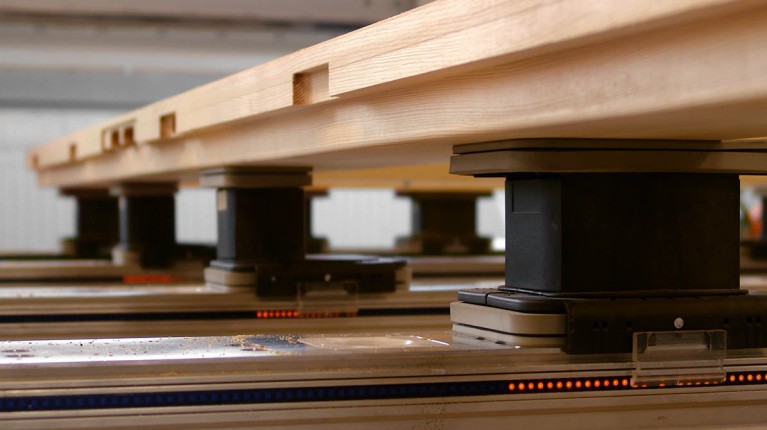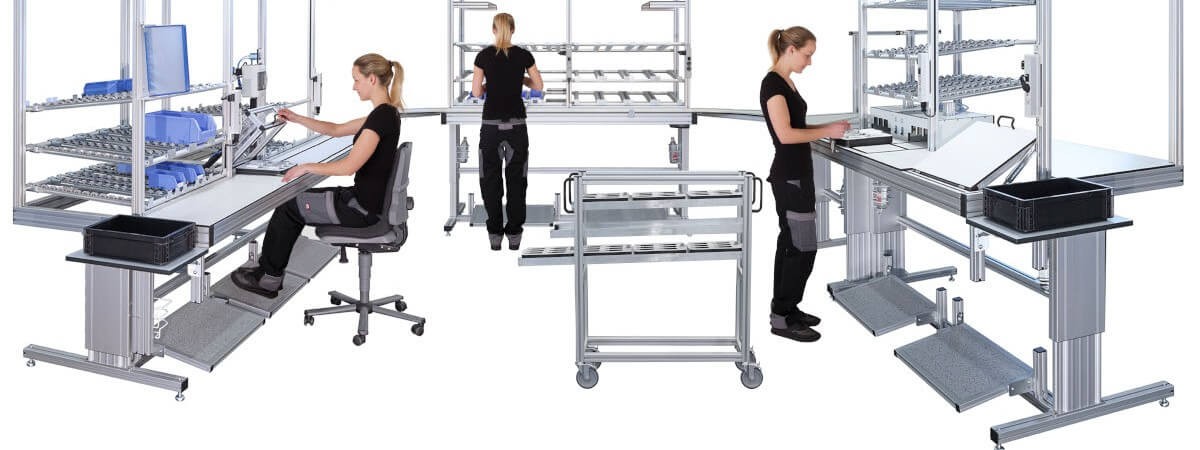The role of vacuum in woodworking
Woodworking is a timeless craft that has seamlessly adapted to the tides of technological progress.Incorporating vacuum technology has provided a more flexible approach to various applications within woodworking.
It offers more control during cutting processes, minimizes waste, makes handling and lifting effortless, and creates a safer and dust-free work environment.
This results in a higher quality end product by enhancing precision and reducing the risk of defects in the final product.
Our extensive product range always helps select the optimal vacuum generator for all woodworking applications. Both technically and economically. No matter your requirements, we have the best solution for you. Of course, always with the service tailored to your needs.
Contact us to find out which solution matches your requirements.




















